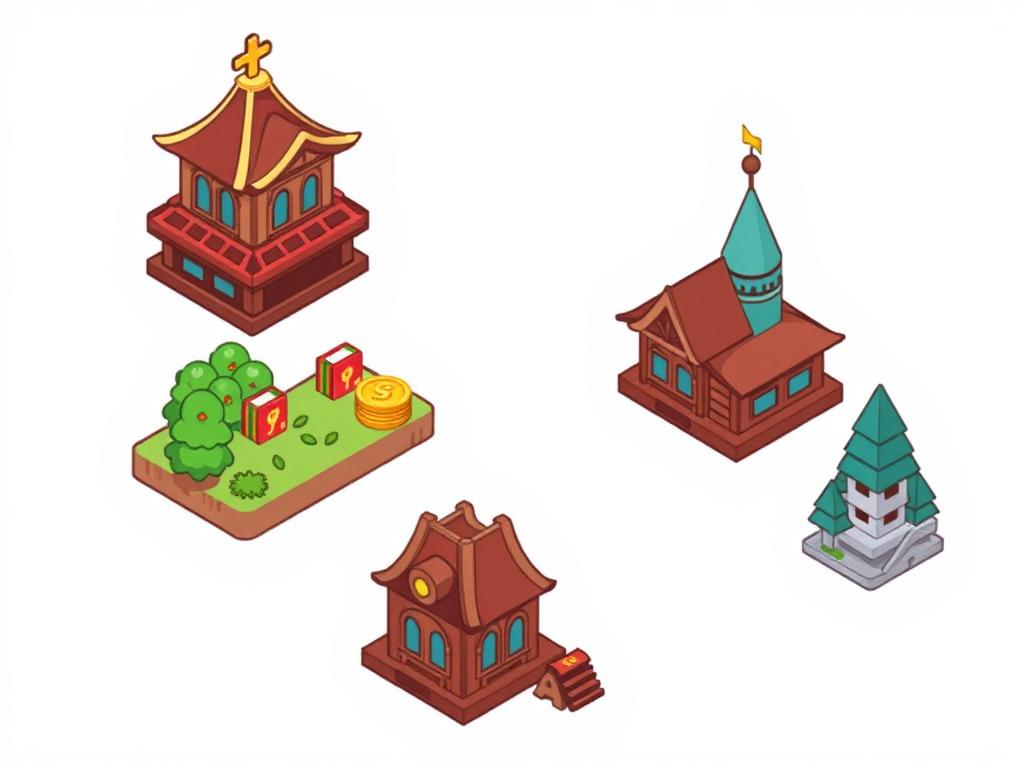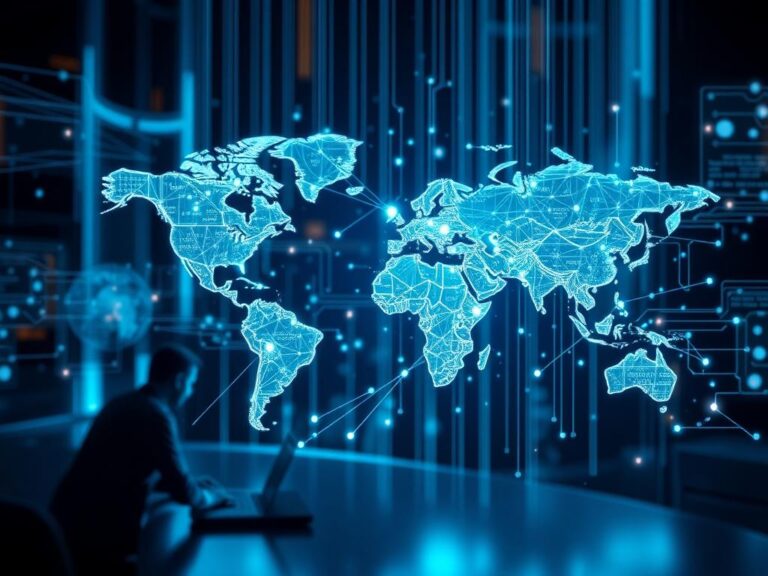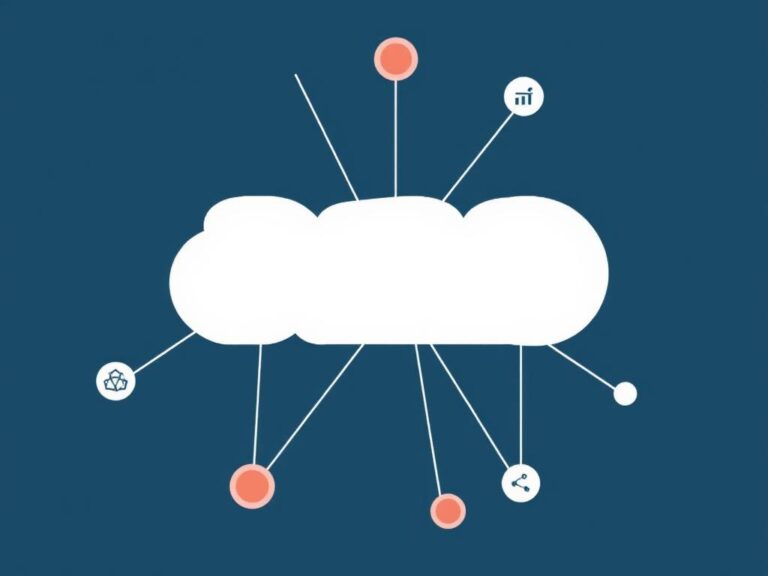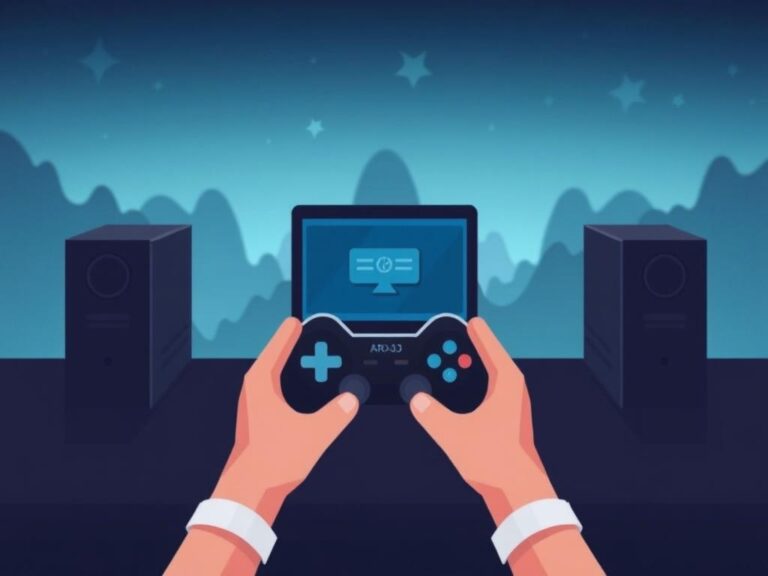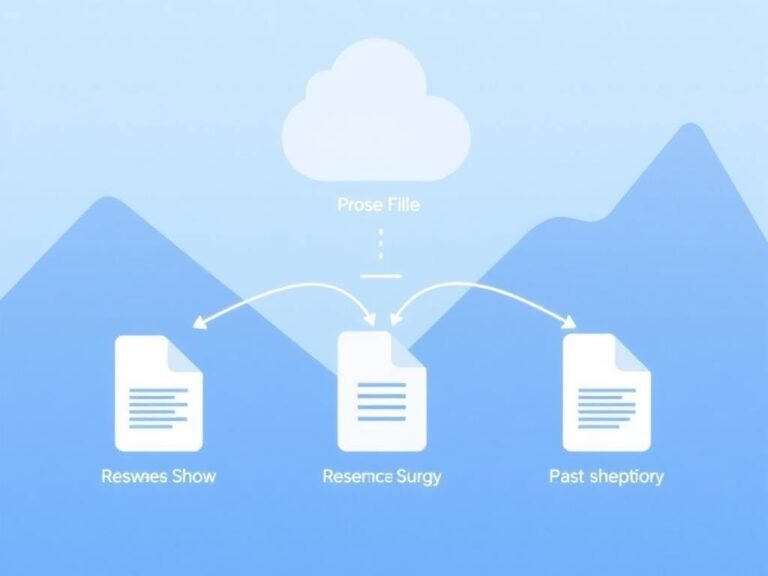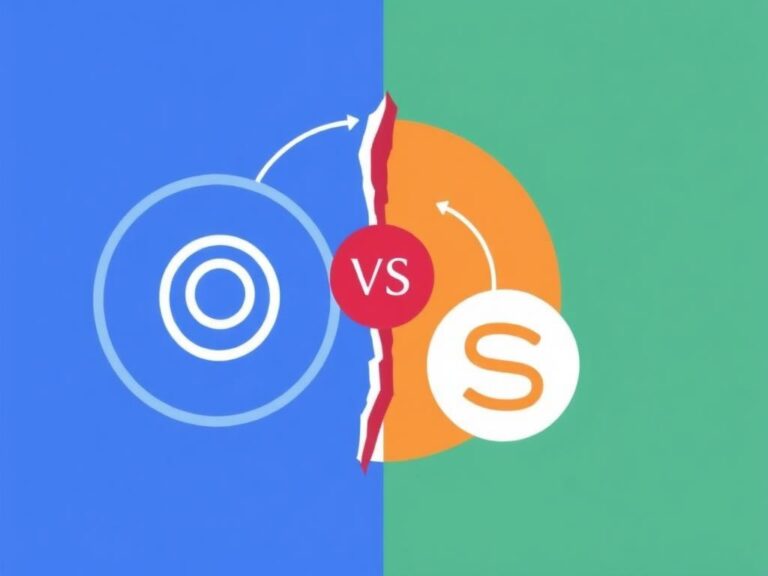NFT Games and P2P Economies: Revolutionizing Digital Play and Ownership
Understanding NFT Games: What Are They and Why Do They Matter?
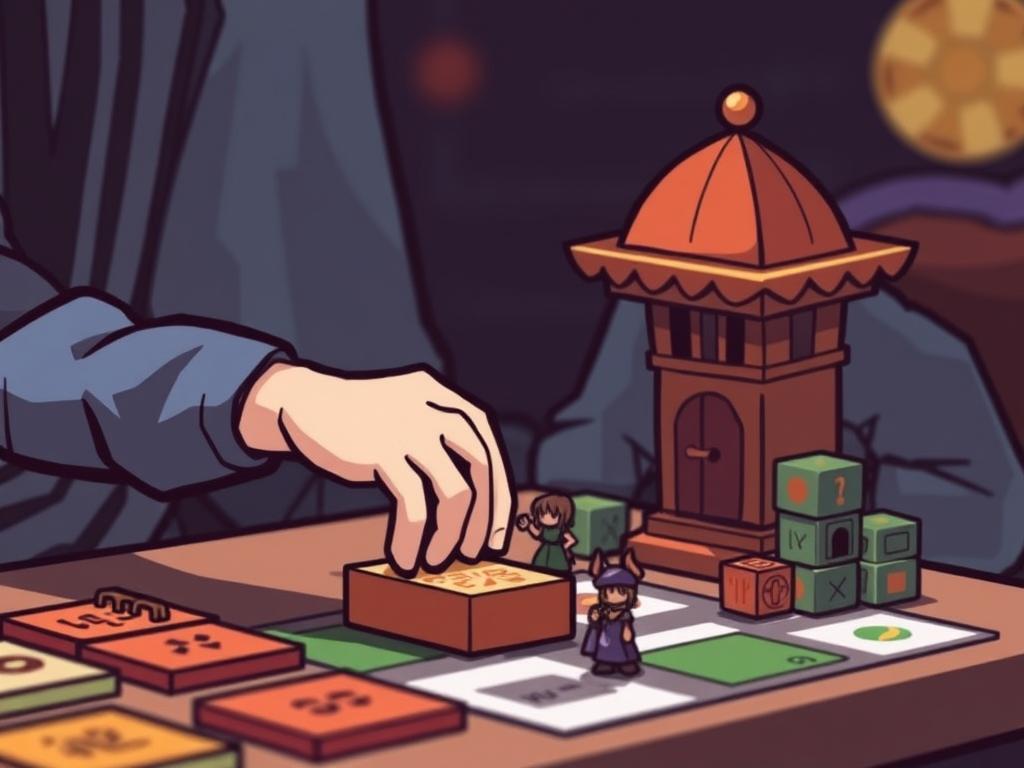
In recent years, the gaming world has witnessed a fresh wave of innovation fueled by blockchain technology. At the heart of this revolution are NFT games, where “NFT” stands for Non-Fungible Token. Unlike traditional in-game items that exist only within a game environment, NFTs represent unique digital assets that players can truly own, trade, and sell outside the game itself. This shift changes the way we think about digital ownership, creating new opportunities and challenges along the way. NFT games are not just about playing; they offer a fresh way to participate in virtual economies, often built as peer-to-peer (P2P) ecosystems that promote direct player interaction.
NFT games introduce scarcity and provenance to digital items, a concept that was previously difficult to enforce. Thanks to blockchain, every NFT is a one-of-a-kind token that can be verified and transferred securely. This has significant implications for gamers who can now collect exclusive digital assets like characters, skins, weapons, or even virtual real estate with real-world value. Players are no longer limited to the confines of the game developer’s economy; they can actively engage in P2P economies where supply and demand dictate prices, sometimes leading to surprising financial outcomes.
The Rise of P2P Economies in NFT Games
Peer-to-peer (P2P) economies are changing the landscape of how value is created and exchanged within gaming environments. In the traditional model, players might buy in-game items from a centralized marketplace controlled by the game developer. However, P2P economies facilitated by blockchain and NFTs enable direct exchanges between individual players without intermediaries. This decentralization fosters a dynamic trading ecosystem where users can buy, sell, or trade assets with greater freedom and transparency.
P2P economies thrive on trust, which blockchain technology helps establish. Since transactions are recorded on an immutable ledger, players have confidence in the authenticity and ownership of the digital goods exchanged. This trust is vital to sustaining vibrant marketplaces that encourage player participation and community growth. Moreover, these economies often incorporate play-to-earn models where players can generate real income by selling NFTs earned or crafted during gameplay, blurring the line between gaming and earning a livelihood.
How P2P Economies Benefit the Gaming Community
- Empowerment through Ownership: Players have true control over their collectibles and assets.
- Increased Market Liquidity: Direct peer transactions boost activity and value circulation.
- New Revenue Streams: Users can monetize their time and skill, transforming playtime into profit.
- Innovation Incentives: Developers and players co-create new content fueled by shared incentives.
This symbiotic relationship between NFT games and P2P economies encourages a more equitable digital economy, where participants share the rewards of their creativity and investment directly.
Examples of Popular NFT Games Leveraging P2P Economies
Several NFT games have successfully integrated P2P economies, setting benchmarks for the industry. Let’s explore a few to understand how they work in practice:
| Game | Description | Key NFT Features | P2P Economy Aspect |
|---|---|---|---|
| Axie Infinity | A Pokémon-like game where players collect, breed, and battle fantasy creatures called Axies. | Unique Axie NFTs, land parcels, and items. | Players trade Axies directly on the marketplace and earn tokens that can be sold. |
| The Sandbox | A virtual world where players create, own, and monetize 3D content and experiences. | Virtual real estate and user-created assets as NFTs. | Marketplace enables user-to-user asset sales and leasing. |
| Decentraland | A fully decentralized virtual reality platform with land ownership via NFTs. | Digital land parcels, avatar wearables, and items NFTs. | Users buy, sell, or rent virtual properties peer-to-peer. |
These games illustrate the practical benefits of combining NFTs with P2P economies, offering players measurable value and exciting digital experiences.
Challenges Facing NFT Games and P2P Economies
While NFT games harness many advantages and promise to reshape gaming, they face several hurdles. One primary challenge is accessibility. For many players, entering NFT markets involves a steep learning curve related to cryptocurrencies, wallets, and blockchain networks. This complexity can be a roadblock for mass adoption.
Another issue is environmental concerns tied to blockchain energy consumption, though newer blockchain technologies aim to reduce this footprint significantly. Additionally, the volatile nature of crypto markets may destabilize P2P economies, causing unpredictable asset prices or bubbles. Developers must also balance gameplay fairness with economic incentives, ensuring that NFT trading does not undermine the game’s fun or competitive integrity.
The Future of NFT Games and P2P Economies
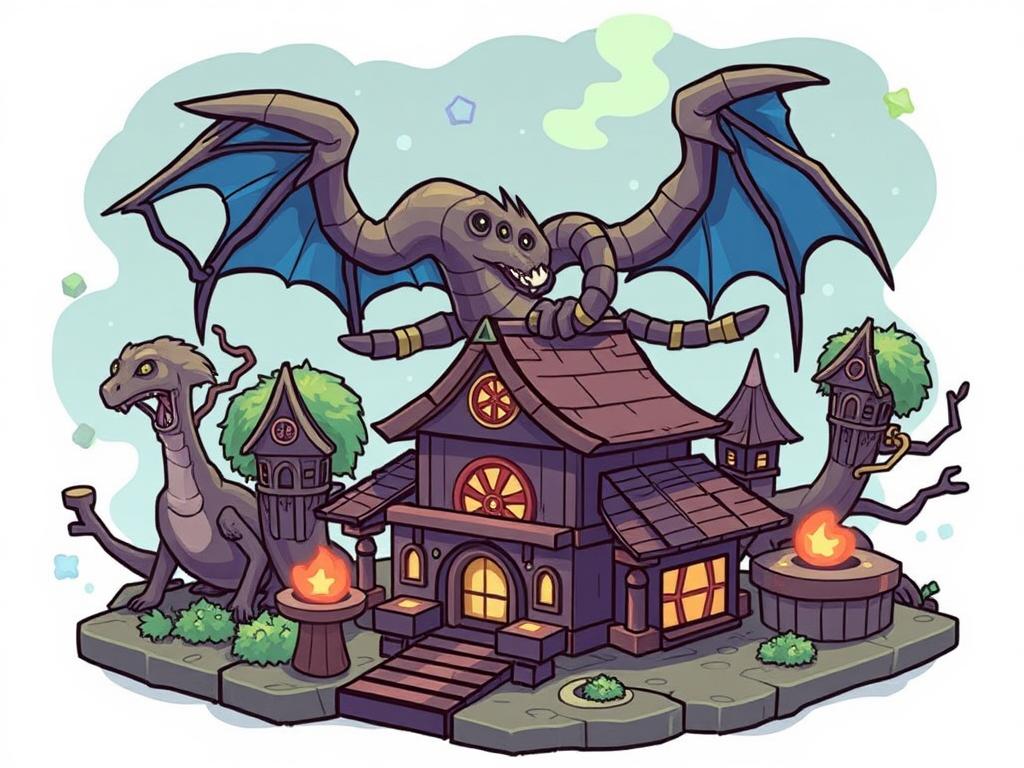
The fusion of NFT games with peer-to-peer economies represents a thrilling frontier for both players and creators. As blockchain technologies mature and become more user-friendly, and as regulatory frameworks evolve, we can expect greater adoption and innovation. Future games will likely feature even deeper integration of NFTs and P2P trading, enabling personalized experiences and multi-game asset interoperability.
The potential to democratize game development and ownership could also empower smaller studios and communities to thrive without reliance on traditional publishers. Imagine a world where the line between gaming, social interaction, and commerce seamlessly blends, where players are stakeholders in ecosystems they help build and sustain.
Key Trends to Watch:
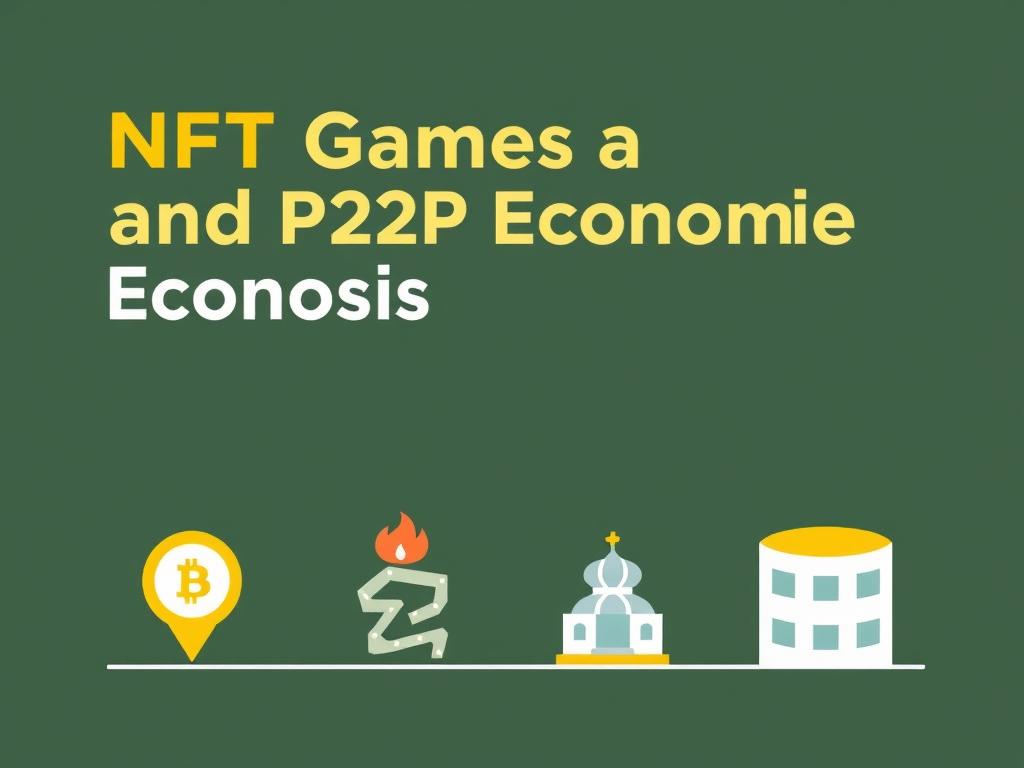
- Cross-chain NFT compatibility unlocking asset mobility.
- Layer 2 solutions improving transaction speed and reducing costs.
- Emergence of DAO-managed game economies governed by the player community.
- Integration of NFT assets into mainstream games and platforms.
Each of these trends hints at an evolving landscape where NFT games and P2P economies redefine digital ownership and interaction.
Conclusion
NFT games and P2P economies together mark a pivotal shift in the world of digital entertainment and ownership. By giving players real control and opportunity to profit from their time, skills, and creativity, these systems foster vibrant, decentralized marketplaces that challenge traditional paradigms. Despite facing obstacles such as accessibility and market volatility, the ongoing innovations in blockchain technology and game design hold promising potential to make NFT-based gaming a mainstream, inclusive, and rewarding experience. As this space continues to evolve, both gamers and developers stand to benefit from a more interconnected and player-empowered digital future.
